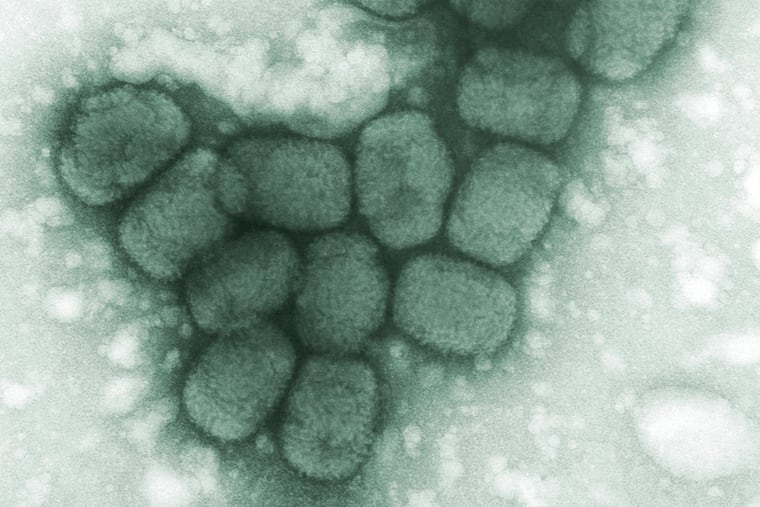Smallpox vials found at Montgomery County lab, but ‘there is no basis for being worried’
The frozen vials were discovered by a lab worker while they were cleaning out a freezer. An expert said there was little risk of infection or outbreak.

Frozen vials labeled “smallpox” were found at a vaccine research center in Montgomery County on Tuesday, federal officials said.
The frozen vials were discovered by a lab worker while a freezer in the facility was being cleaned, a spokesperson for the CDC confirmed. The vials’ contents appeared to be intact, the CDC said. The lab worker who came upon the vials was wearing gloves and a face mask.
“There is no indication that anyone has been exposed to the small number of frozen vials,” the spokesperson said.
According to 6ABC, the vials were found in a Merck facility outside Philadelphia. There are three Merck facilities near Philadelphia — in North Wales, Lansdale, and West Point, according to Merck’s website. Merck did not immediately return calls for comment.
It was not clear at which facility the vials were found. The CDC did not immediately answer questions as to how many vials were found and what time they were discovered.
Smallpox, caused by the variola virus, is a highly contagious and deadly disease that was eradicated by 1980 due to an aggressive and global immunization campaign, according to the Mayo Clinic. Symptoms of smallpox include a fever, a progressive skin rash, and in many cases death, according to the CDC.
Many of those who survived smallpox ended up with permanent scars on their body and some were left blind, according to the agency.
By 1980, smallpox was eliminated through vaccines that were widely distributed.
After 1984, smallpox samples were highly restricted and were only to be stored at two government sites in the United States and Russia, said Richard Ebright, a professor of chemistry and chemical biology at Rutgers University. All unauthorized samples were either to have been destroyed or transferred to the highly secure facilities, he said.
In July 2014, federal lab employees discovered smallpox samples outside of the two government facilities. Workers at the National Institutes of Health found vials containing smallpox in a laboratory storage room in Bethesda, Md., the Washington Post reported.
A scientist found 16 vials marked “variola” in the 2014 incident. After being tested, the samples were set to be destroyed.
Despite the deadliness of smallpox, there was little to no risk of infection to the lab worker who discovered the vials Tuesday, and even less of a risk to the public of an outbreak, Ebright said.
“For the general public there is no basis for being worried, even a small amount,” he said.
The issue with the discovery of the samples was lax security rather than public safety, said Ebright. While the vials themselves do not pose a risk of triggering an outbreak, their storage at the Pennsylvania facility could have been discovered and taken by someone with plans of a bioterrorist attack, he said.
But in the unlikely event of an outbreak, the U.S. government — along with countries across the globe — has a stockpile of smallpox vaccines, said Ebright.